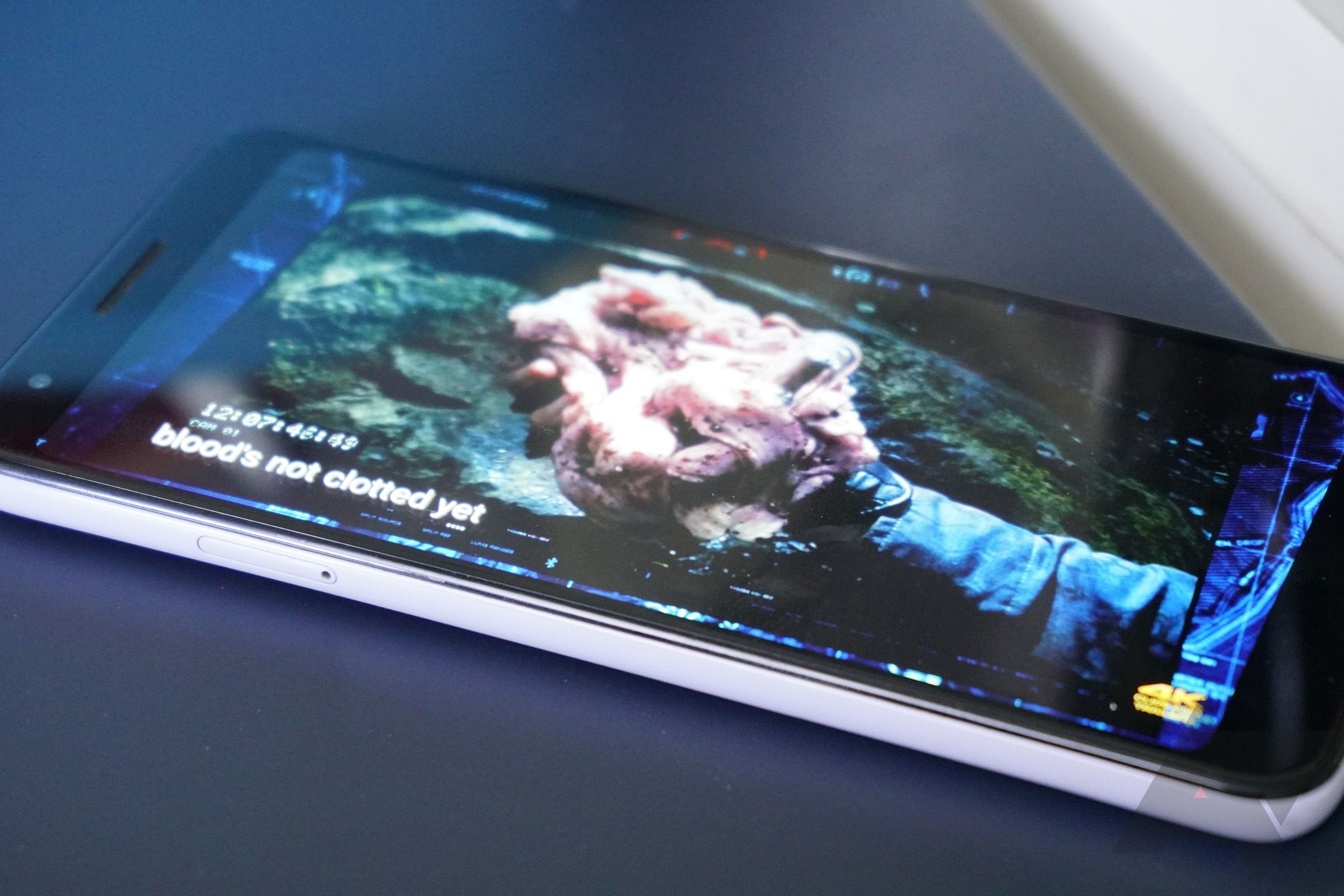The most annoying part of watching HDR content on Android could be getting a fix
Watching HDR content on your phone can be a great time. Not so fun, though, is when a toast notification pops up or even when the playback UI fades into view. All those bright graphics seem to punch at your eyes as if they have no business looking at them. What gives? Well, it comes down to how your Android device handles mixing standard dynamic range or SDR content with HDR content. And yes, there is a fix for this in the works.
Take a look at a spec sheet for a decently-equipped device and you'll find that the display may have two specific maximum brightnesses: a typical brightness and a peak brightness. You'll max out on typical brightness in most situations where you'd expect a uniform brightness across the screen, but when it comes to viewing HDR content, having access to an expanded range of brightness is key to making the important parts of scenes pop.
When the operating system detects HDR content, it defaults to setting the display's brightness at the peak of what it can deliver so it can output the best picture possible. However, the rest of the user interface isn't coded for HDR and what usually ends up happening is that those SDR elements will appear at that maximum brightness level, too. This applies to notifications, the status bar, captions, and most other overlays. Any interruptions that draw upon these UI elements won't be a welcome sight.
There's hope on the horizon, though: in his Android Dessert Bites newsletter, Esper's Mishaal Rahman picked up on a feature-in-progress called SDR dimming which would scale down the brightness level for those SDR on-screen elements while the device is set to output HDR content. It's been in the works since the Android 12 development cycle and looks like it will need several dependencies to begin functioning before it can actually work (Rahman tried switching toggles to see if he could brute force the feature) and it isn't clear if it'll be available by the time Android 13 goes stable. That said, it's one of those quality-of-life things people can appreciate when they're, say, stuck on a cramped overnight bus with no chance of sleeping. The sooner it can be brought out, the better.
We definitely recommend checking out the full article for an explainer of how the dimming would work and where these lines of code need to connect.
( Details and picture courtesy from Source, the content is auto-generated from RSS feed.)
Join our official telegram channel for free latest updates and follow us on Google News here.



